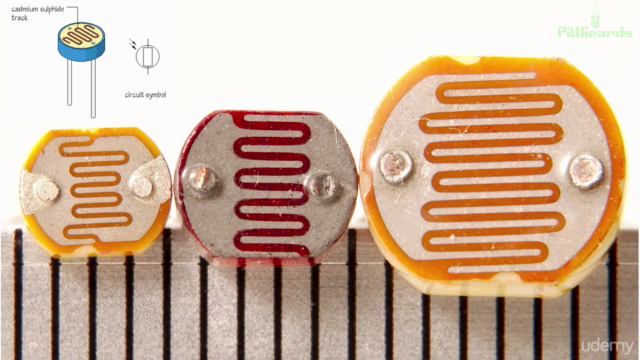Hardware projects using Raspberry Pi

Why take this course?
🌟 Course Title: Hardware Projects Using Raspberry Pi
Course Headline: 🚀 Unleash Your Creativity with GPIO Pins - Dive into Real-World Hardware Projects with Raspberry Pi!
Course Description:
Are you ready to expand your Raspberry Pi skills and bring your hardware projects to life? If you've already embarked on your journey with our top-rated course "Introduction to Raspberry Pi," this intermediate-level course is the perfect next step! 📈
Why Choose This Course?
- #2 Popularity on Udemy: Join over 2,200 students who have already enhanced their skills with our courses.
- #2 Top Rated: With an impressive collection of over 25 5-star ratings and 40+ reviews, you can trust the quality of this learning experience.
- Regular Updates: Stay ahead of the curve with content that is regularly refreshed to keep you on the cutting edge of Raspberry Pi technology. The last update was made on 7-Nov-15, ensuring the latest knowledge.
- VIP Pricing Access: As a student, you'll receive exclusive access to VIP pricing ($8) for all new courses from Makerdemy. With 10 courses currently available and a new one every two months, your learning journey never ends!
About the Course:
This course is designed for those who have a foundational understanding of computer programming and are eager to explore the realm of physical computing with Raspberry Pi. While a basic knowledge of Linux and Python is recommended, you'll find that this course will quickly get you up to speed if you're missing either skill.
What You'll Learn:
- Interfacing with Physical Devices: Discover the power of GPIO pins on Raspberry Pi to connect with various physical devices like resistors, sensors, and more.
- Python Programming for Raspberry Pi: Master the RPi dot GPIO library to write Python code that interacts with your Pi's pins.
Project-Based Learning:
Throughout this course, you will build three complete hardware projects, each providing hands-on experience and practical knowledge:
- Walky Talkie: Create a handheld communication device using the Raspberry Pi. Learn to use Linux commands to transmit and receive audio without any operator charges!
- Light Detector Mechanism: Construct a light detection system that utilizes Python programming to analyze light intensity and provide real-time feedback.
- Motion-Sensing Teddy Bear: Embed a motion sensor inside a teddy bear and program it to respond with a laugh when it detects movement, demonstrating the power of Python in motion detection.
Course Features:
- Complete Source Code: Full source code is provided for all three hardware projects.
- Duration: Designed to be completed over a fortnight, including both hardware assembly and coding in Python.
Outcome:
Upon completion, you'll not only have built your own Raspberry Pi-controlled devices but also gain the ability to write Python code that interacts directly with the physical world. Get ready to bring your ideas to life and join the maker community with confidence!
Enroll now and embark on a journey of discovery, creativity, and innovation with Raspberry Pi hardware projects! 🎓🧙♂️✨
Course Gallery




Loading charts...